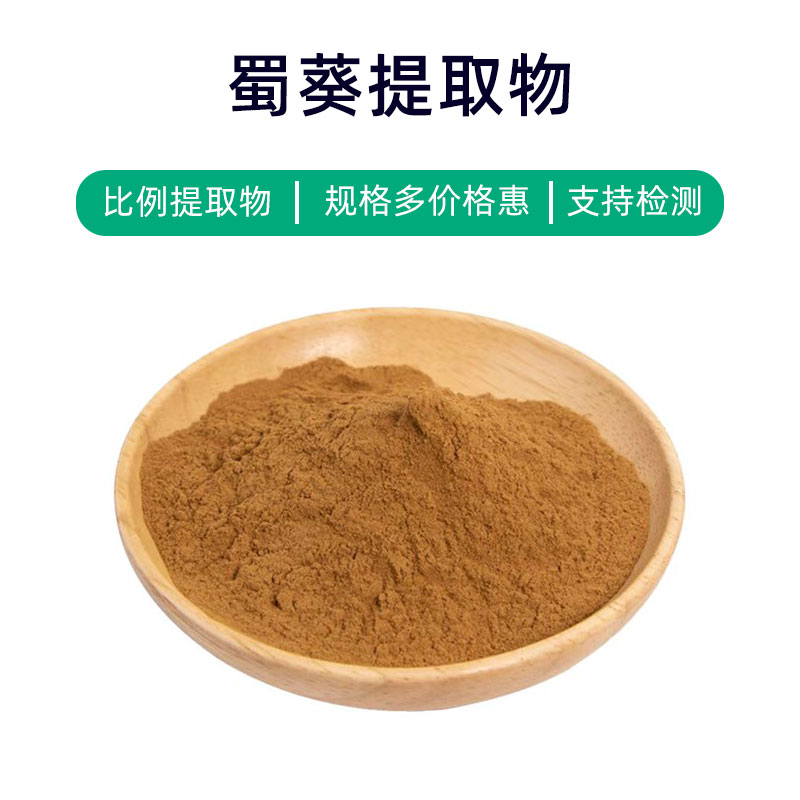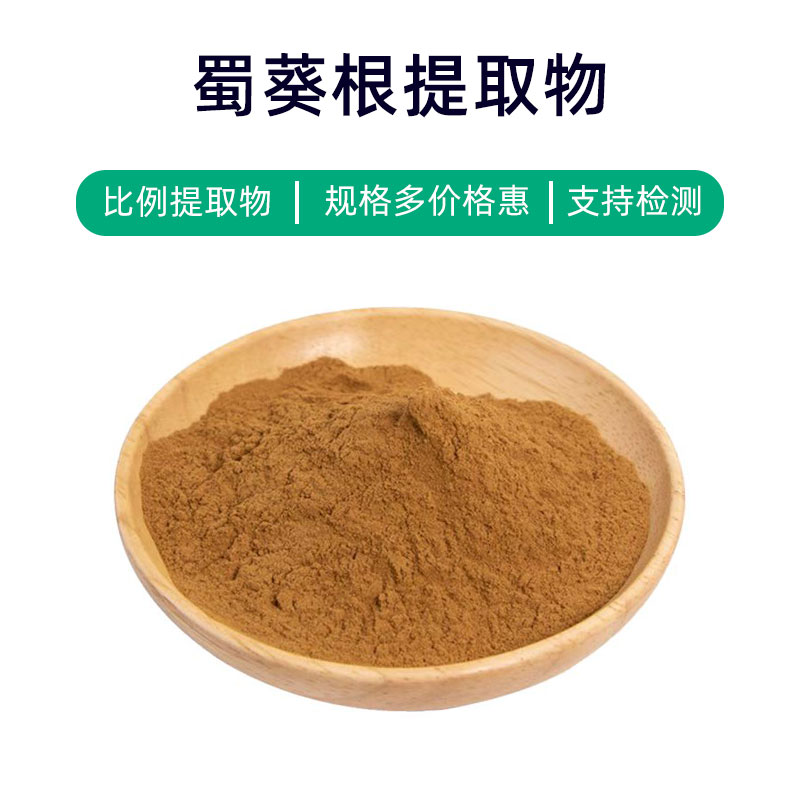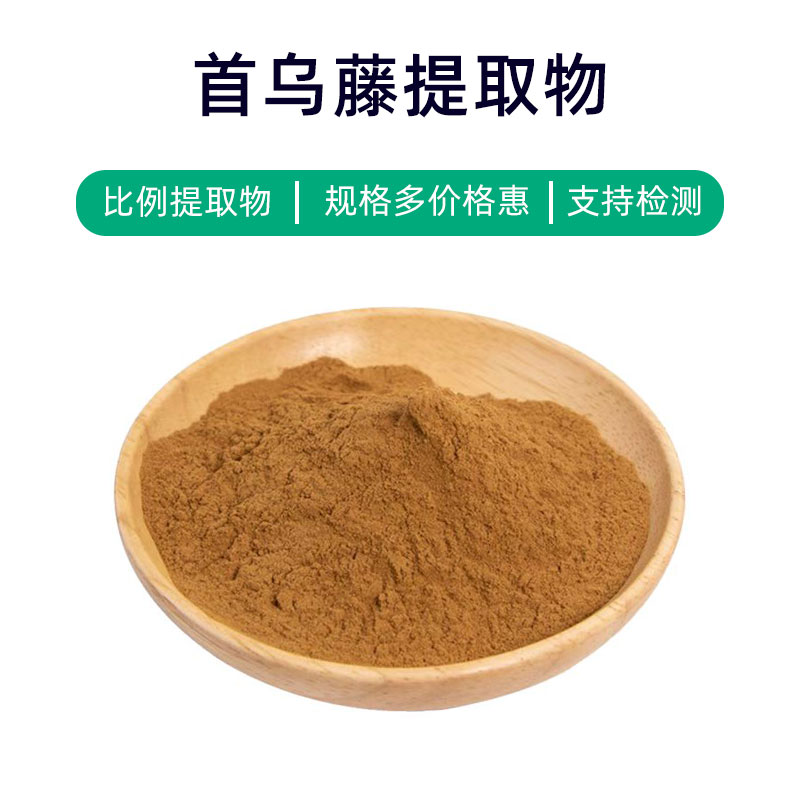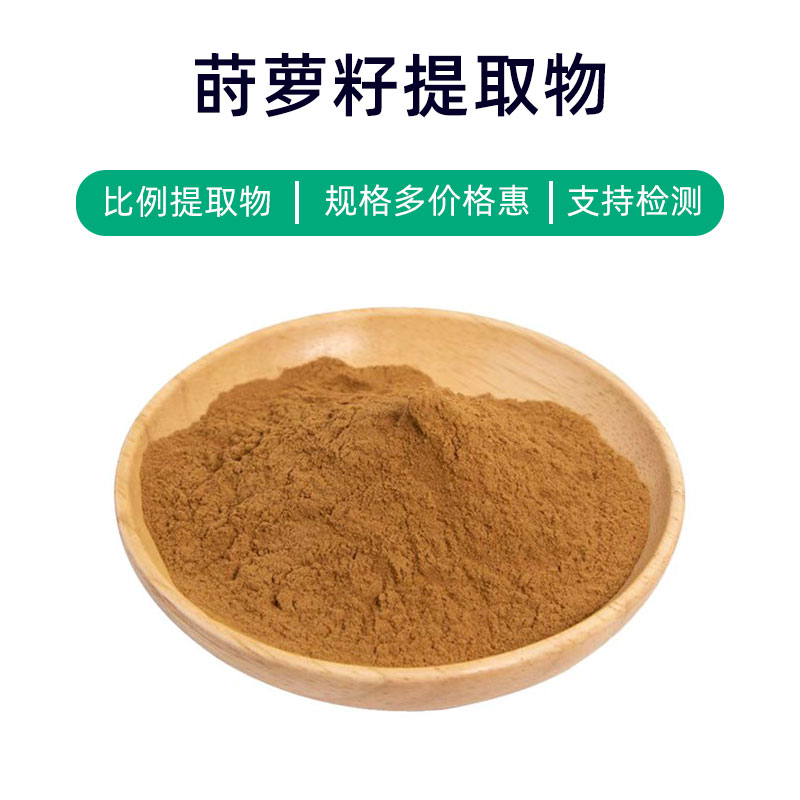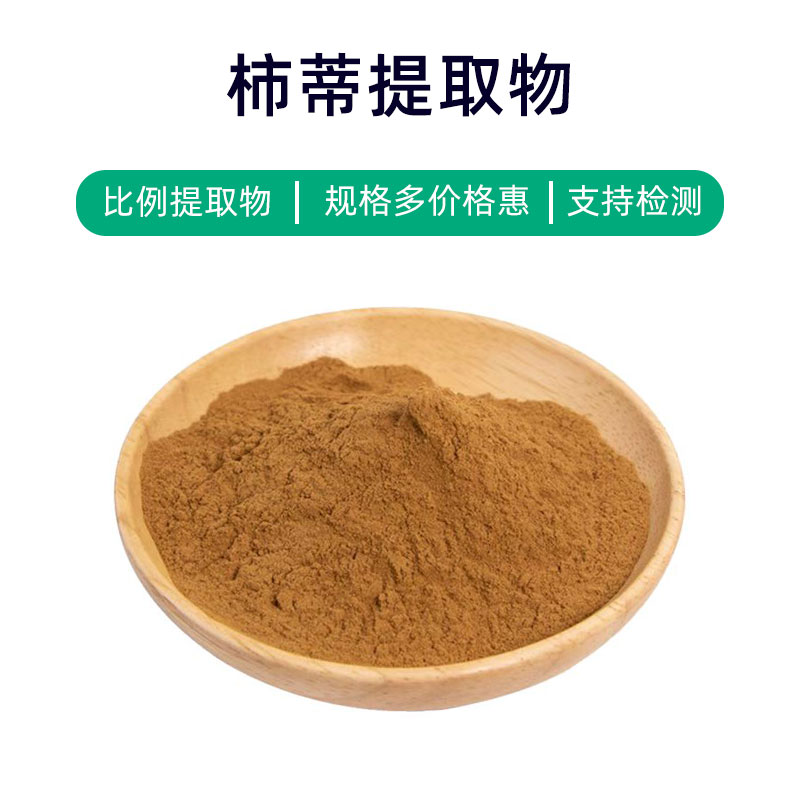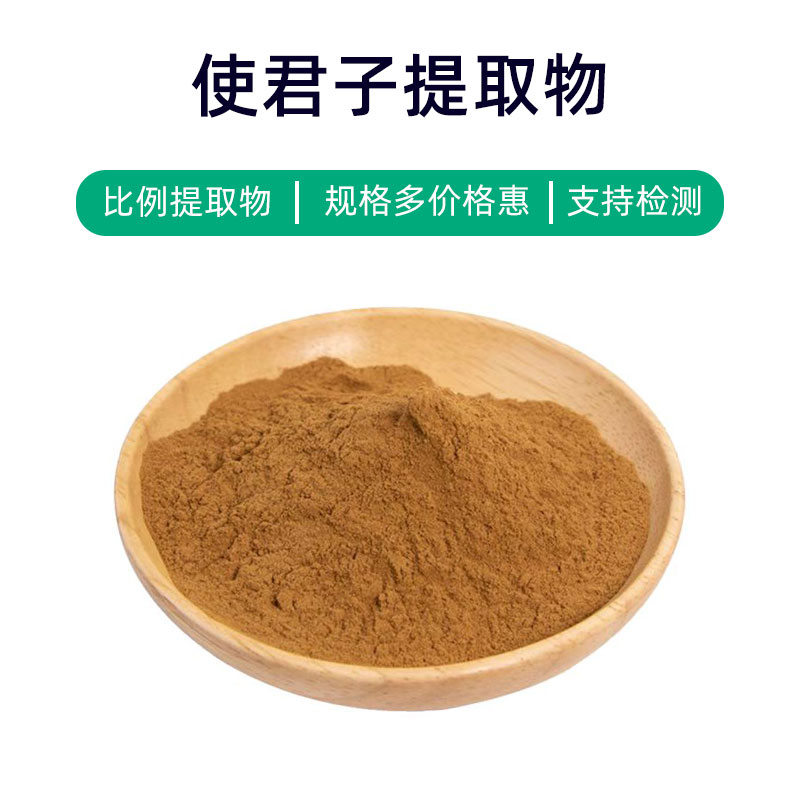Introduction to Mulberry Silkworm Extract
Mulberry Silkworm Extract is a natural nutrient derived from the larvae or adults of the mulberry silkworm, rich in proteins, amino acids, vitamins, and minerals. Its primary benefits include nourishing the skin, regulating immunity, and enhancing antioxidant capacity. In the supplement sector, it is commonly used to improve physical health, boost immunity, and slow down aging. In medicine, it is utilized for treating chronic fatigue, regulating blood sugar and lipids, and promoting wound healing. Furthermore, this extract is widely used in cosmetics as a skincare ingredient, offering moisturizing, nourishing, antioxidant, and skin-repairing effects. It is typically added to products based on specific needs.
Production Process of Mulberry Silkworm Extract
The production process of Mulberry Silkworm Extract generally includes several steps:
- Raw Material Preparation: Selecting high-quality silkworm larvae or adults as extraction materials, ensuring they are healthy and free from diseases. Initial cleaning and processing are performed to remove impurities.
- Crushing and Grinding: The cleaned larvae or adults are crushed and ground to enhance extraction efficiency. The resulting material should have uniform particles of appropriate size.
- Extraction: Appropriate extraction methods, such as water extraction, alcohol extraction, or supercritical fluid extraction, are used to extract the nutrients. Temperature, pressure, and solvent concentration must be controlled during the extraction to ensure effectiveness.
- Filtration and Concentration: The extract is filtered to remove impurities, suspended solids, and particles, followed by concentration to enhance the nutrient concentration in the solution.
- Drying: The concentrated extract is dried to eliminate moisture, resulting in a dry Mulberry Silkworm Extract. Drying methods can include spray drying, vacuum drying, or freeze-drying to maintain stability and shelf life.
- Refinement and Packaging: The dried extract undergoes refinement to remove impurities and residual solvents, ensuring product purity and quality. Finally, appropriate packaging materials and methods are selected to ensure product quality and safety.
Each step in the production process requires strict control to ensure product quality and efficacy.
Benefits and Side Effects of Mulberry Silkworm Extract
Mulberry Silkworm Extract is a natural nutritional supplement with various benefits and effects, including:
- Antioxidant Properties: Rich in antioxidants, such as polyphenolic compounds and vitamins, which help neutralize free radicals, delay cellular aging, and protect cells from oxidative damage.
- Immune Regulation: Contains abundant polysaccharides that enhance the body’s immune response, increasing resistance to colds and other diseases.
- Anti-inflammatory Effects: Some studies suggest the extract has anti-inflammatory properties, helping to alleviate symptoms of inflammatory diseases such as arthritis and skin inflammation.
- Blood Sugar Regulation: Certain active components in the extract may reduce blood sugar levels, aiding in the control and prevention of diabetes and related metabolic disorders.
- Digestive Support: The dietary fibers and enzyme components in the extract promote digestive tract movement, appetite, and improve digestive function, preventing constipation and indigestion.
- Cardiovascular Protection: Research indicates that the active components may protect the cardiovascular system by reducing blood lipids and pressure, thereby preventing cardiovascular diseases.
- Cognitive Enhancement: Some components are believed to improve memory and cognitive function, helping to prevent age-related dementia and cognitive impairments.
As a natural nutritional supplement, Mulberry Silkworm Extract is generally safe and has no significant side effects. However, individual differences exist, and some people may have sensitivities or allergies to certain components. It’s advisable to monitor personal responses during use and consult a healthcare professional if any discomfort arises.
Application Scenarios and Dosage of Mulberry Silkworm Extract
Mulberry Silkworm Extract is extensively applied in the fields of medicine, food, and cosmetics. Here are the primary applications and recommended dosages in each sector:
- Medical Applications:
- Uses: As an herbal extract, it is traditionally used in Chinese medicine for treating rheumatism and relieving pain.
- Dosage: Generally administered as a decoction of dried extract, at 15-30 grams per dose, taken 3 times daily. It can also be used in topical ointments or patches applied to affected areas.
- Food Applications:
- Uses: It can serve as a food additive to enhance the nutritional value and functionality of food products.
- Dosage: Typically used in health foods, functional beverages, pastries, etc. The amount varies based on specific food formulations, usually adding 0.1-0.5 grams of the extract per kilogram of food.
- Cosmetic Applications:
- Uses: Rich in natural nutrients, it provides antioxidant, anti-inflammatory, and moisturizing benefits, commonly used in cosmetics.
- Dosage: Can be added to face masks, lotions, serums, etc., typically comprising 1%-5% of the total product formulation.
Overall, the application scenarios and dosages for Mulberry Silkworm Extract vary based on specific product formulations, purposes, and preparation forms. It is recommended to use strictly according to product instructions or healthcare advice to avoid excessive or prolonged usage, which may lead to adverse reactions. Special populations, such as pregnant women, children, and seniors, should consult healthcare professionals or nutritionists before use.
Introduction to the Source Plant of Mulberry Silkworm
Mulberry Silkworm (scientific name: Cordyceps sinensis) is a valuable medicinal fungus, also known as caterpillar fungus. The following is detailed information about the source plant's introduction, distribution, and growth environment:
- Source Plant Introduction:
- Mulberry Silkworm is not a plant but a type of fungus that infects the larvae of certain moth species and forms sporophores within them.
- The most common source is the Tibetan medicine known as caterpillar fungus, termed "Yartsa Gunbu" in Tibetan. It grows in the cold regions of the Tibetan plateau.
- Distribution:
- Primarily distributed in high-altitude areas above 3,000 meters with cold climates, especially in the highlands of Tibet, Qinghai, and Gansu provinces in China, including alpine meadows, cold deserts, and subalpine grasslands.
- It can also be found in Himalayan regions such as Nepal, Bhutan, and India.
- Growth Environment:
- Mulberry Silkworm typically grows in the soil of plateau areas where the environment exhibits the following features:
- Plateau Climate: The growth environment usually has a plateau climate with high summer temperatures and severe winters, along with a large daily temperature range.
- Cold and Moist: The areas where it grows often have low temperatures and high humidity, with persistent rainfall or snow.
- Special Soil: It grows in specific soil conditions that contain certain nutrients and microorganisms suitable for its development.
- It parasitizes the larvae of butterflies or moths, developing within their bodies to form medicinal sporophores.
In summary, Mulberry Silkworm, as a medicinal fungus, thrives in relatively harsh conditions, primarily found in high-altitude, cold, and humid regions, mainly sourced from the alpine meadows and high-altitude zones of the Tibetan plateau.
Processing and Storage of Mulberry Silkworm Extract
The processing and storage of Mulberry Silkworm Extract are crucial for maintaining its medicinal value and quality:
- Processing: Mulberry Silkworm is usually processed following harvesting, including cleaning, sun-drying, and drying methods. Care should be taken to maintain cleanliness during washing, and drying should avoid direct sunlight and damp conditions to prevent mold and loss of medicinal properties.
- Storage: The extract should be stored in a dry, well-ventilated area, protecting it from direct sunlight and humidity to prevent quality degradation. It is best kept in a sealed container and placed in a cool, dry location away from high temperatures and moisture.
- Shelf Life: Under appropriate storage conditions, the extract can be kept for several years to decades. It is recommended to regularly check and update stock to ensure quality.
- Precautions: During storage and use, care should be taken to prevent moisture and mold, avoiding contact with odor-causing substances. Regular checks should be carried out on the appearance and smell of the extract, with any abnormalities addressed or replaced promptly.
In summary, the processing and storage of Mulberry Silkworm Extract should focus on maintaining a dry, ventilated environment, avoiding direct sunlight and humidity to ensure its medicinal properties and quality remain intact.
Monica Sun is a seasoned expert in the plant extraction industry with over a decade of experience in research and production. She specializes in the extraction and purification of plant active ingredients, focusing on driving innovation in natural product applications. Monica has participated in the development of multiple functional plant extracts, delivering high-value natural raw material solutions for the health food, pharmaceutical, and dietary supplement sectors.









